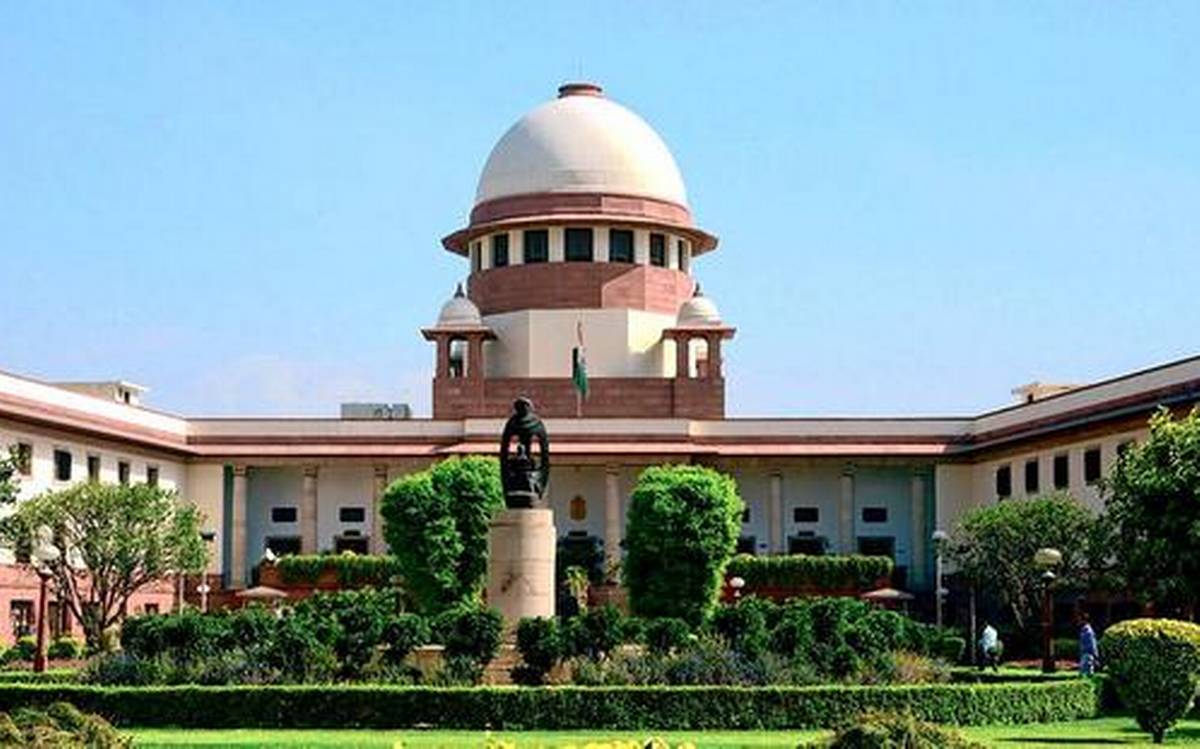


The Supreme Court in the case Birla Corporation Limited through its Managing Director v. Bhanwar Singh and Others observed and has issued the directions for its protection against blasting activities being conducted within a 5 kms radius for mining of limestone (or the other minerals).
The bench comprising of Justice Sanjiv Khanna and Justice SVN Bhatti in the case observed that while keeping in perspective the continuous exposure of ancient monuments to peak particle velocity, PPV arising from blasting, a radius of five kilometres from the compound wall of the Fort shall not be subjected to mining by blasting or use of explosives for mining of any minerals.
The court stated that as per the order, manual or mechanical mining operations are still permissible within the 5 kms radius, subject to a lessee possessing valid lease under law.
Further, the bench directed the constitution of an Expert Committee within 2 weeks, to undertake study of environmental pollution and impact on the Fort of blasting operations beyond the 5 kms radius. Thus, the said committee to be constituted by Chairman, Indian Institute of Technology (Indian School of Mines), Dhanbad, Jharkhand, shall constitute a team of multi-disciplinary experts.
The bench comprising of Justice Sanjiv Khanna and Justice SVN Bhatti in the case observed that the issue is undoubtedly of grave concern, and the conflict between the exploitation of mineral wealth and sustaining the neighbourhood, stated pithily, adheres to the principle of sustainable exploitation of mineral resources without adversely affecting the community interest in any manner.
The court is of the considered view that CBRI, Roorkee’s report was not in line with another report placed on record by the Ministry of Coal and Mines, Indian Bureau of Mines, Mining Research Cell.
The court stated that the report suggested that blasting operations can be undertaken beyond the safe distance ought not to be given effect unless examined in a detailed study undertaken by exploring the latest techniques and technologies.
Further, the court observed that as per the report of CBRI, Roorkee, other factors, such as money menace, human/tourist footfall, unwanted vegetation growth, and the defacing of statues were also contributing to deterioration of the Fort.
The bench issued the directions to the Rajasthan government and the State Pollution Control Board for strict implementation of the Solid Waste Management Rules, 2016 and taking of necessary steps.
The court in the case held that prevention of damage from any such collateral activities must be simultaneously addressed by the State Government of Rajasthan and the ASI.
It has also been opined by the said court that the approach to preserve the Fort must be multi-dimensional.
The court while considering the facts and circumstances of the case stated that the Rajasthan government and State Pollution Control Board to direct
stopping of blasting operations if the study to be undertaken results in unexpected damage to Fort structures without waiting for court orders, thus, the expenses of the study were ordered to be borne by Birla Corporation.
The counsel, Senior Advocates Dr. Abhishek Manu Singhvi, Madhavi Divan, Jitendra Mohan Sharma, Dr. Manish Singhvi, Jayant Mehta and Adn Rao; AOR Ajay Kumar Singh appeared before the court.